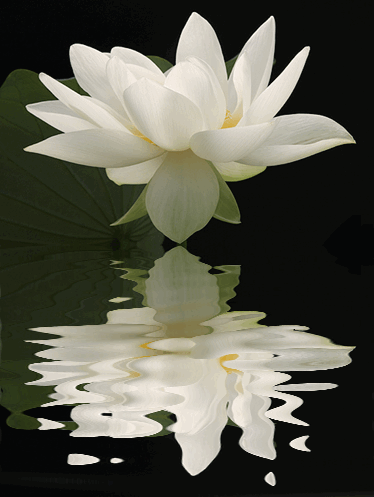Republished by Blog Post Promoter
 The lotus is an ancient symbol in Asian culture. Often used as an example of divine beauty and purity. Its unfolding petals suggest the expansion of the soul. The growth of its pure beauty from the mud of its origin holds a benign spiritual promise. In Buddhist symbolism the lotus is symbolic of purity of the body, speech, and mind as while rooted in the mud, its flowers blossom on long stalks as if floating above the muddy waters of attachment and desire. It is also symbolic of detachment as drops of water easily slide off its petals.
The lotus is an ancient symbol in Asian culture. Often used as an example of divine beauty and purity. Its unfolding petals suggest the expansion of the soul. The growth of its pure beauty from the mud of its origin holds a benign spiritual promise. In Buddhist symbolism the lotus is symbolic of purity of the body, speech, and mind as while rooted in the mud, its flowers blossom on long stalks as if floating above the muddy waters of attachment and desire. It is also symbolic of detachment as drops of water easily slide off its petals.
The lotus in both Egypt and India symbolizes the union of the four elements; earth, air, fire, and water. The roots are in the earth, it grows in and by means of water, its leaves are nourished by air, and it blooms through the power of the sun’s fire. The lotus is therefore the perfection of the fourfold order of the natural world. The growth of a new flower directly from the earth-bound original may be interpreted as a symbol of transcendence as found in Indian philosophy: a spiritual emergence of a higher world directly from our physical manifestation.
